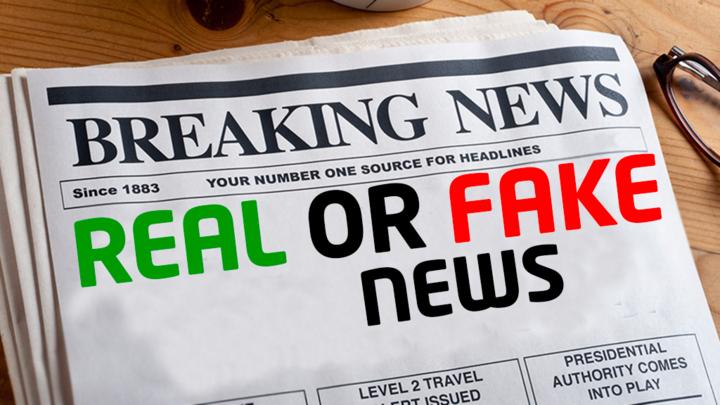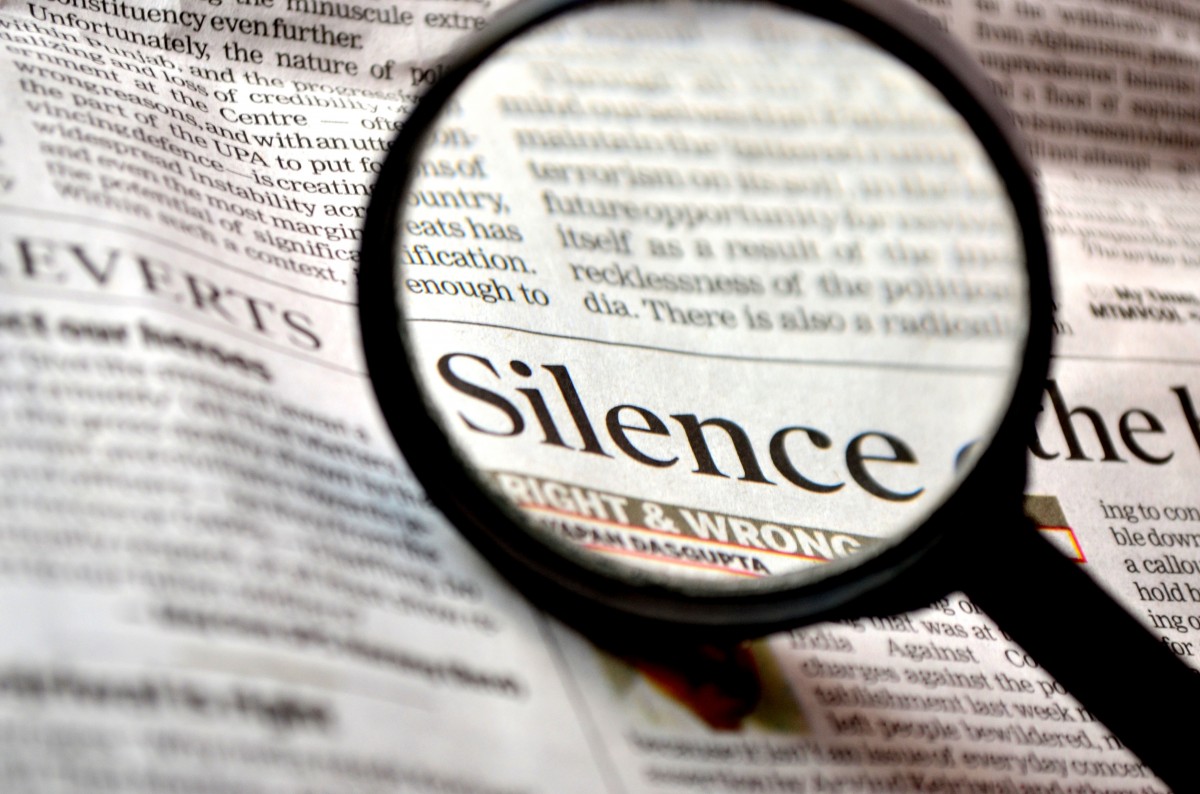On a chilly October night in 1938, millions of Americans huddled around their radios, unaware they were about to become part of history. As Orson Welles' War of the Worlds broadcast unfolded, many listeners believed they were hearing real news of an alien invasion.
The panic that followed revealed the power of mass media to shape perception - a power that, decades later, has only grown more insidious. Today, the tools of deception have evolved. The radio has been replaced by smartphones, social media, and 24-hour news cycles, but the effect is the same: confusion, fear, and a population increasingly unsure of what to believe.
On October 30, 1938, Orson Welles and his Mercury Theatre on the Air performed a radio play of The War of the Worlds on CBS. Instead of presenting it as a straightforward drama, they structured it like a news broadcast, interrupting "regular programming" with fake reports of an alien invasion happening in real time.
The War of the Worlds is a science fiction novel by H.G. Wells, first published in 1898, that tells the story of a Martian invasion of Earth. The narrative follows an unnamed protagonist and his struggle to survive as giant alien war machines, equipped with heat rays and chemical weapons, devastate the countryside and overwhelm human resistance. The novel explores themes of imperialism, human vulnerability, and the fragility of civilisation, as the seemingly unstoppable Martians wreak havoc - only to be ultimately defeated by Earth's tiniest defenders: bacteria, to which they have no immunity.
The show mimicked the structure of real breaking news reports, with field correspondents, emergency updates, and expert opinions. Many listeners missed the disclaimer at the beginning because they were listening to another programme (NBC’s The Chase and Sanborn Hour with Edgar Bergen). When they tuned in, they thought they were hearing real news. In 1938, radio was the primary source of breaking news, so listeners were accustomed to hearing real-time reports of events like the Hindenburg disaster.
With World War II looming, people were already on edge, making them more likely to believe that something catastrophic was happening.
While newspapers at the time claimed that thousands of Americans fled their homes in terror, later research suggests the panic was greatly exaggerated. Most of the "mass hysteria" stories came from newspapers that had a rivalry with radio, so they likely played up the event to discredit radio as an unreliable medium.
The War of the Worlds broadcast is still studied today as an example of mass communication, media influence, and public gullibility. It also served as a warning about the power of propaganda, a lesson that became very relevant in the following years during WWII.
The War of the Worlds hoax might have been an accident (or at least not intentionally malicious), but today, we see similar manipulation happening constantly....except now it’s not just one radio broadcast, it’s an entire media ecosystem shaping narratives in real time.
Social media, 24-hour news cycles, AI-generated content, and deepfakes make it even easier to fabricate reality. The difference now is that instead of a single moment of panic, it’s a constant state of confusion....truth is harder to pin down because we’re bombarded with conflicting reports.
The divide between critical thinkers and the easily manipulated seems to be widening. Some people see through the deception, question narratives, and seek out multiple sources, while others just accept whatever they’re told - whether it's from the government, mainstream media, or even social media influencers.
The real danger is when mass gullibility is weaponised. If enough people fall for a fabricated crisis, a false narrative, or a misleading statistic, it can be used to justify wars, economic shifts, crackdowns on freedom, and all kinds of social engineering. Just like the War of the Worlds panic was used by newspapers to attack radio, modern hoaxes can be leveraged to push political agendas, stoke fear, and silence dissent.

Once deception becomes the norm, how do you wake people up? How do you counter manipulation when it’s so deeply embedded in media, politics, and even education?
Some would say the answer is critical thinking and independent research, but the problem is that even those are under attack. When people challenge the official narrative, they’re labeled as "conspiracy theorists" or "misinformed." Meanwhile, the real misinformation often comes from the most trusted sources.
Maybe the first step is just getting more people to realise they’re being manipulated. Once people see through the illusion, they become harder to control. But how do you break through to those who want to believe the lie? And the problem is, most people don’t want to know they’re being deceived. It’s easier - and more comfortable - to believe the lie. The moment you question the narrative, you risk being ostracised, mocked, or labeled. So, people stick their heads in the sand and go along with it.
It’s like that line from The Matrix:
“You take the blue pill, the story ends. You wake up in your bed and believe whatever you want to believe.”
Most people are more than happy to swallow the blue pill and stay in their comfortable illusion.
The real challenge is finding a way to make the truth more compelling than the lie. That’s no easy task when fear, outrage, and sensationalism are the currency of the day.

In Britain (and many other Western countries), questioning the official narrative can now land you in hot water. Hate speech laws, online safety bills, and “misinformation” crackdowns have become convenient tools for silencing dissent.
It’s a grim irony: the very countries that once championed free speech and open debate are now criminalising it. If you express the wrong opinion on immigration, gender ideology, or government policy, you can lose your job, be banned from social media, or even be arrested.
It makes you wonder.... are they afraid of people waking up? If the “official truth” was so solid, they wouldn’t need to suppress other viewpoints so aggressively. Fear has become the leash that keeps people in line. When you see others lose their jobs, get fined, or even arrested for speaking out, it sends a clear message: “Stay silent or suffer the same fate.”
The government and media don’t even need to crack down on everyone, just a few high-profile examples are enough to make the rest of the population self-censor. It creates a culture of fear and compliance. People don’t even need to be forced into silence...they do it to themselves out of self-preservation.

The question is, what happens when there’s no one left willing to speak out? That’s when the system has complete control. It’s chilling, isn’t it?




















































